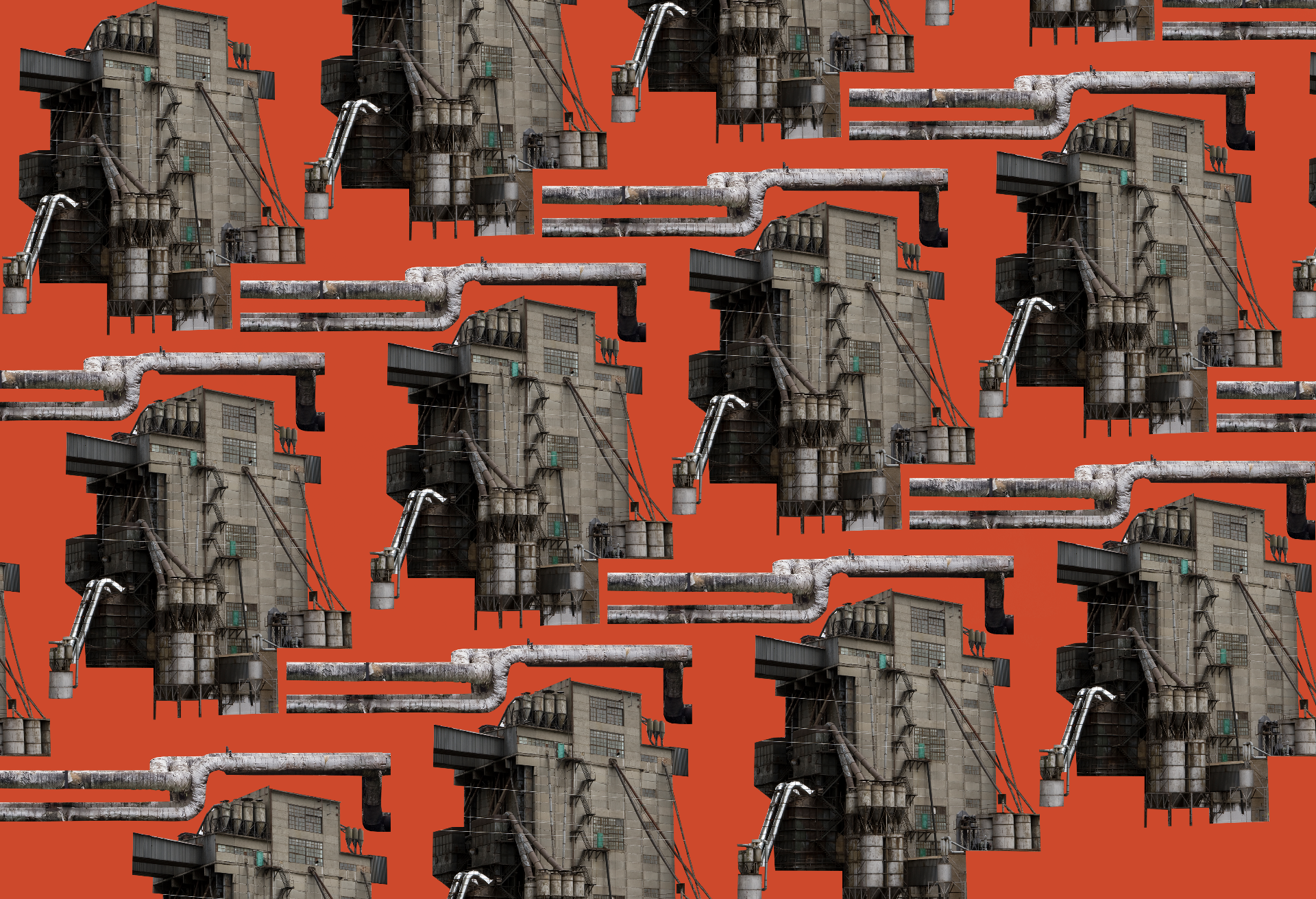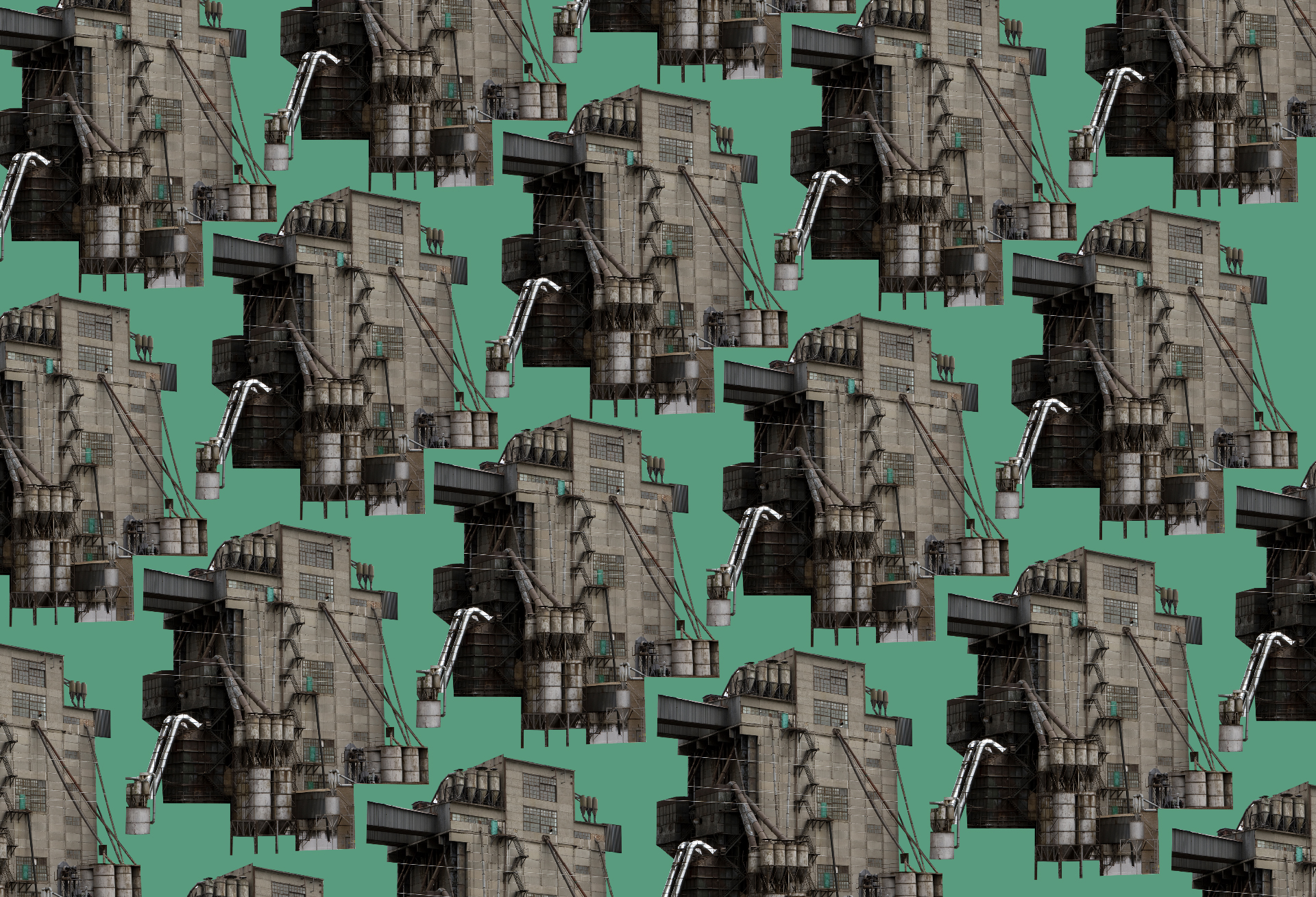
Alan Gignoux visited the Urals industrial region in Russia in 2009 during a residency sponsored by the NCCA (National Centre for Contemporary Art).
Once the driving force behind the Soviet military-industrial complex, the Urals industrial region is now the Russian rustbelt, suffering from economic decline and severe environmental degradation. Alan travelled throughout the region documenting street life, factory work and the urban environment, characterized by abandoned factories; outdated and dilapidated industrial equipment; decaying housing and urban infrastructure; and landscapes scarred by mining and metallurgy, and the devastating pollution associated with those industries.
For the last few months, Gignoux Photos have been working on RUSSIAN RUST BELT, a photobook incorporating images from this body of work. The design of the book will take as its inspiration the Soviet era photobooks produced between 1920 and 1941. These books were produced by teams of photographers, typographers, graphic designers, and writers, and were intended to support the national movement to build a socialist state.
The Soviet photobooks portrayed construction on a massive scale, with the most prominent projects, such as the construction of Magnitogorsk in the remote Russian steppe, chosen as the subject of individual books. They promoted the idea that by participating in the rapid industrialization and urbanization introduced by Stalin, Soviet workers would be creating an internationally respected world power and simultaneously the first truly equal socialist society. RUSSIAN RUST BELT adapts some of the design devices characteristic of the Soviet photobook to communicate the gradual decline of the Soviet industrial project and its complicated legacy.


Soviet photobooks used cutting edge design features, such as bold and original typography and graphic devices, wallpapers, fabric inserts, photomontage, cut-outs, overlays, gatefold pages, extended foldouts, and half pages, to impressive effect, creating inspirational, modern, confident books that reflected and celebrated a shared Utopian vision. RUSSIAN RUST BELT deconstructs those devices to reflect the dismantling of the Soviet project, and the resulting impact on the people living with that legacy, visualized in terms of a series of words: fracture, rupture, shatter, splinter, decay, corrode, crumble, fall apart. The photobook aims to embody in terms of design, form, and content the Russian rustbelt experience, with its specific Soviet and post-Soviet character.
We are currently having fun testing wallpapers, looking at cut-outs, patterns and background colour.
To learn more about Soviet photobooks have a look at these excellent publications:
Martin Parr and Gerry Badger, The Photobook: A History Volume II, published by Phaidon, 2006.
Mikhail Karasik, The Soviet Photobook 1920-1941, published by Steidl, 2015.


Share this...